By Oliver Kaplan for Denver Dialogues
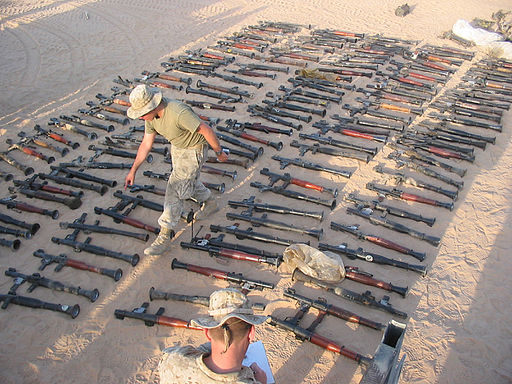
Did you hear about the scandal involving nonviolent accompaniers who sexually abused refugee children in a camp in the Central African Republic? I didn’t either. It’s probably because it didn’t happen—because that kind of thing almost never happens at the hands of nonviolent activists. Unfortunately, it does happen when violent force is introduced into conflict settings. When weapons and armed actors are involved, there is a greater susceptibility to harmful abuse compared with nonviolent action during armed conflict. What’s more, the blowback from arming and armed actions gone wrong also tends to be far worse than from nonviolent action. Here are some reasons why:
- Armed actors of various stripes are more prone to abusing each other and civilians. The unfortunate combination of coercive force, poor accountability, and poor incentive structures create moral hazards and can lead to prisoner abuse scandals (think Abu Ghraib), rape within the ranks of militaries, and targeting of civilians (e.g., the body count-driven false positives scandal in Colombia). Armed actors are also prone to attracting “opportunists” to their ranks as armed coercion can be employed for profiteering. Opportunists are less ideologically-committed, show less restraint, and are more prone to pillage and plunder. Not limited to rebels and paramilitaries, these kinds of individuals are also found among peacekeepers and militaries as well. Among nonviolent movements, there are generally deeper ideological commitments (to nonviolence) and limited means for using coercion to generate revenue.
- When accidents occur they are far worse when military force and lethal arms are involved. In a tragic episode in 2012, a US Army Sergeant snapped and went on a rampage through an Afghan village and gunned down 16 civilians. “Friendly fire” is another tragic example: as recent as last week, US helicopters accidentally fired on Afghan troops. In 2011, US airstrikes across the Afghanistan border killed Pakistani troops, causing a major international incident and diplomatic crisis. If nonviolent activists short-circuit or make mistakes they have far less potential to cause harm or create international incidents. “Friendly fire” simply doesn’t exist in nonviolent movements.
- Arms and force create the potential for blowback. First, violence can damage public support and diplomatic relationships. Killings of Iraqi civilians by Blackwater private security contractors in 2007 clearly lost the population’s hearts and minds. Intentional force can also work at cross-purposes, as retired general Michael Flynn recently pointed to the counterproductive effects of drones, as harm begets grievances and worsens cycles of violence. Second, the potential for arms leakage also feeds the war-cycle. In recent news, peacekeepers’ arms have leaked to rebel groups in Sudan and ISIS is now using American tanks and arms captured from Iraqi troops (the US-armed Mujahedeen in Afghanistan also morphed into the Taliban). A related problem is the leakage of funds to armed actors as militaries pay-off local strongmen to traverse dangerous roads and attempt aid projects in war zones (as NATO has been accused of doing in Afghanistan, while development NGOs tend to have lighter footprints). Arming may sound like a good solution, but even with trained and disciplined units, there is limited control over what happens to arms after they are delivered, and mishaps and harm can have wide political reverberations. By contrast, when nonviolent activists misplace their notebooks, smartphones, and bullhorns, the consequences may not even be noticeable.[1]
This isn’t to say that members of local or international nonviolent organizations are perfect. Among some of the nonviolent actors I have interacted with I have seen some of the same foibles found among members of militaries and armed groups: alcoholism, womanizing, corruption, contests for power and control, etc. So, don’t think that politics and errant behavior doesn’t exist within nonviolent movements—nonviolence should not be whitewashed. Although reporting on abuse of power among classic nonviolent movements is sparse (with the sexual violence during the Tahrir square protests in Egypt a notable exception), there are examples from the slightly different contexts of development NGOs (and here) and religious institutions, such as churches and mosques. However, with nonviolent movements’ decentralization of power, more conciliatory norms of behavior, and more limited (if any) means of coercion, these are likely more often personal failings than institutional failings and their effects are far narrower and less harmful as a result. So, while nonviolent contestation may not be immune to all types of abuse, it is more likely to arrest war-cycles than feed into them.
This discussion raises some difficult questions about when armed force is necessary and constructive. Certainly there are instances where police, military, and even irregular militias are indispensible for providing security. However, the possibilities for abuse and blowback highlight that promoting nonviolent action and actors is an important part of a more cautious approach to confront armed conflict, with a growing number of successful examples. It also raises questions about the militarized approach of providing arms to proxies in conflict zones—even supposed “moderates” like the Kurdish Peshmerga, the Iraqi military, or the Free Syrian Army—since it is difficult to foresee how those actors will evolve or what will happen with their arms. We therefore need a better understanding of when nonviolent action to promote peace will be a sufficient and superior alternative. Similarly, we must also consider when the introduction of disciplined military force is not only feasible but also a constructive last resort.
[1] A noteworthy recent exception might be instances where nonviolent protests have resulted in unanticipated mass repression or military confrontation, such as the cases of the Euro-Maidan protestors in Ukraine or the early nonviolent protestors in Syria.


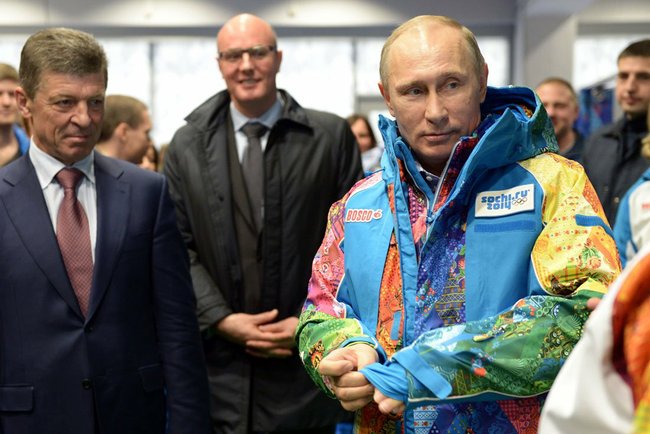
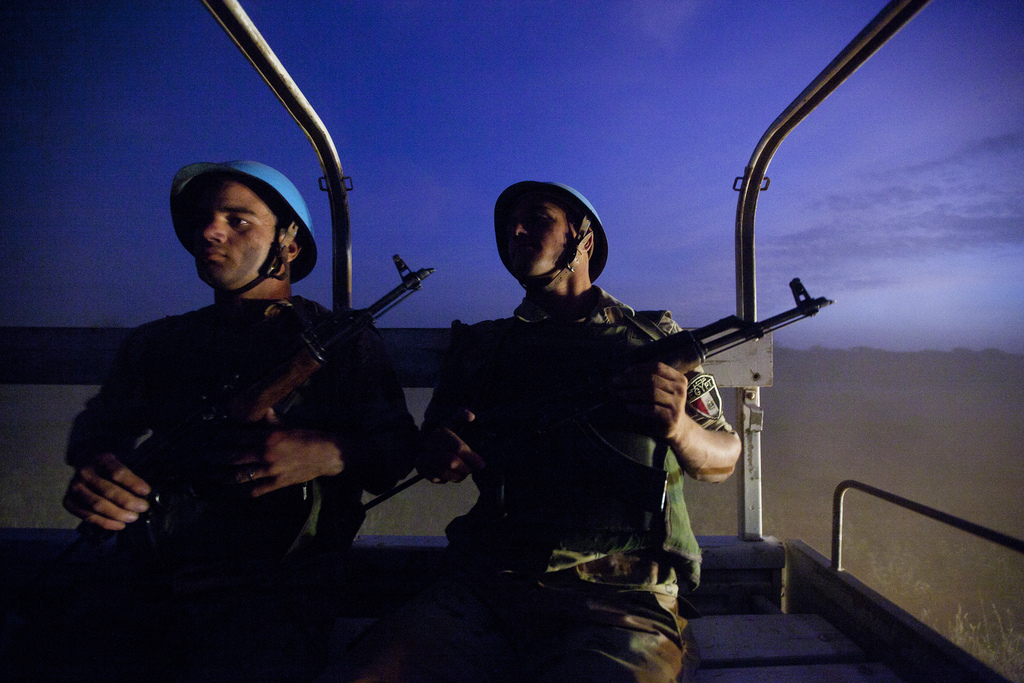
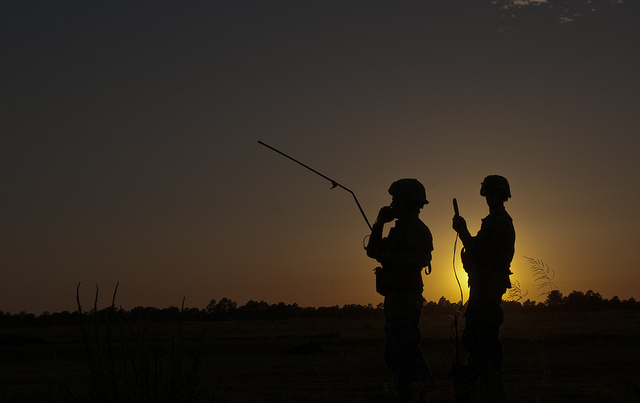
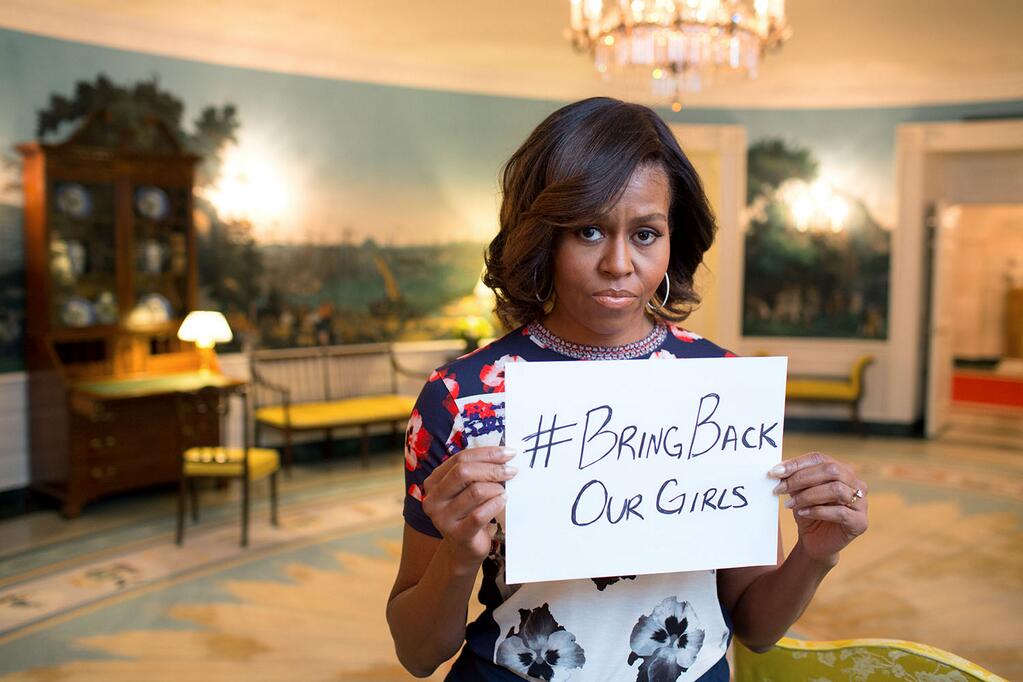
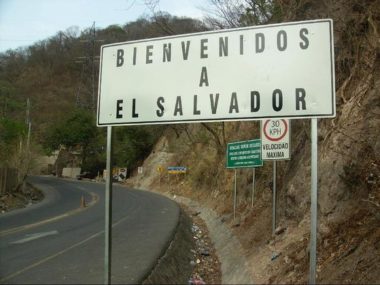
1 comment